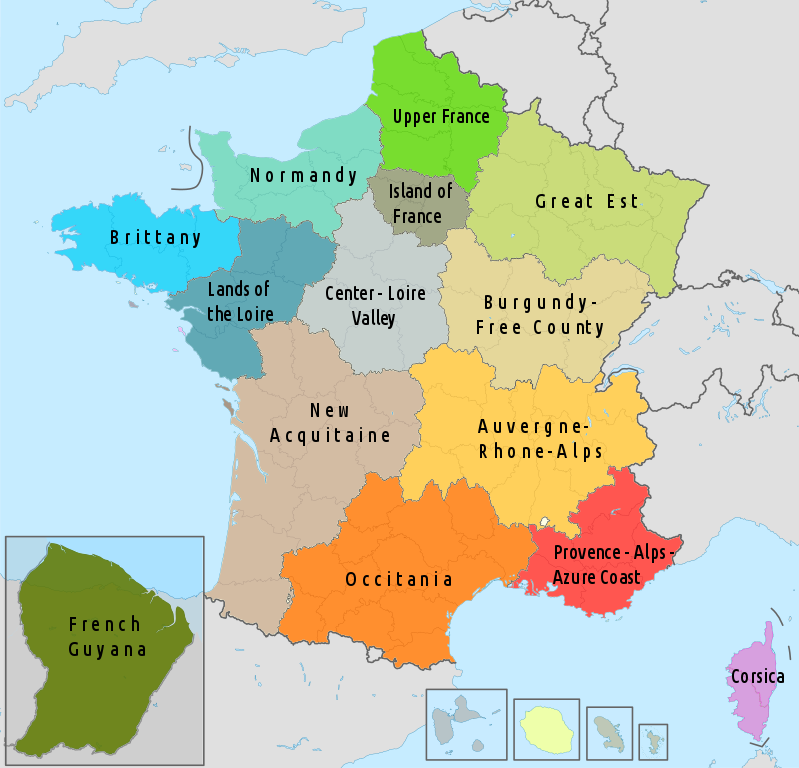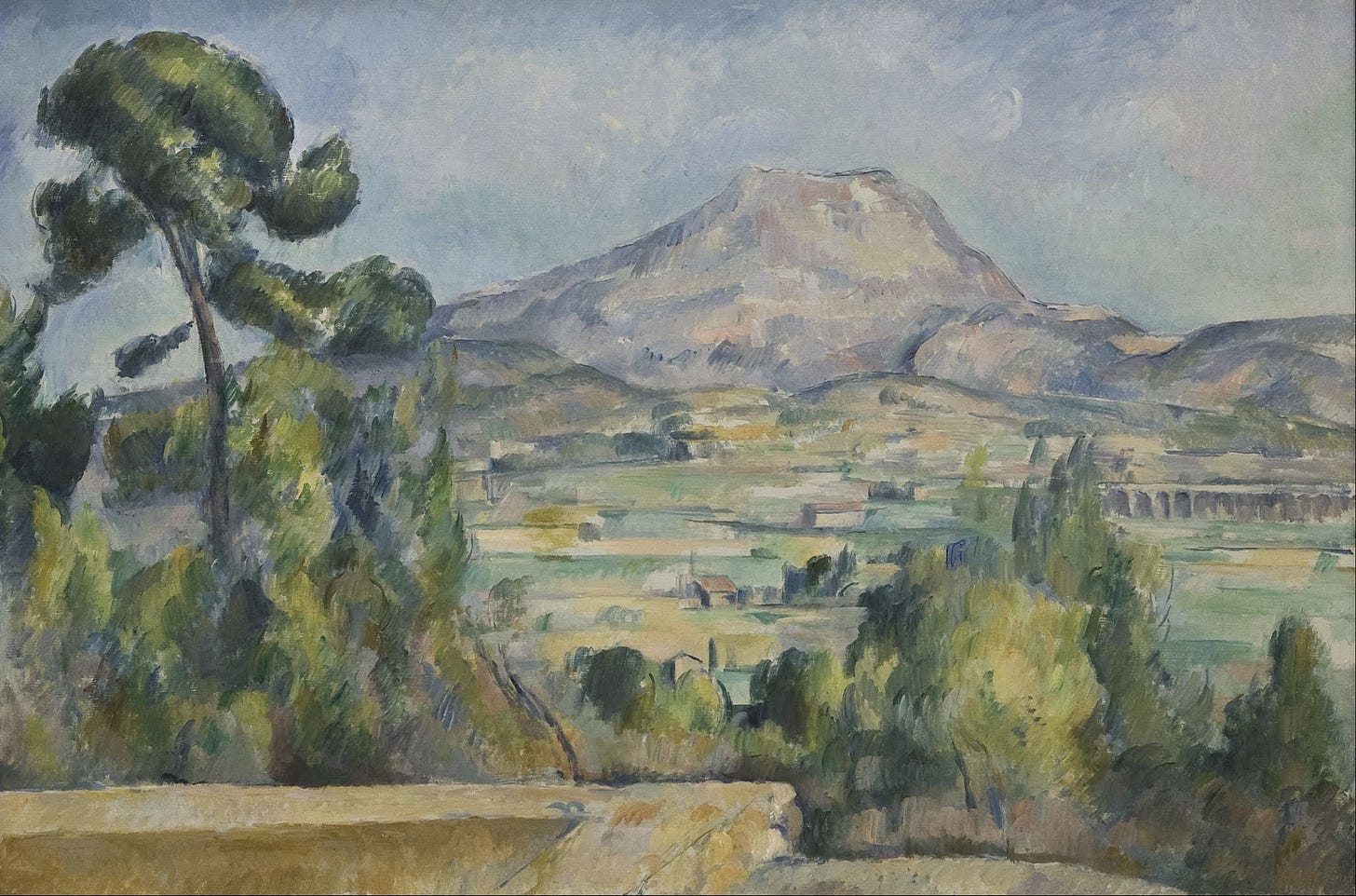Moulin Rouge (1952)
Henri de Toulouse-Lautrec is the coolest guy in 1800s France but his parents were cousins and that means he’ll never be loved.
ALERT: THIS MOVIE WAS DIRECTED BY JOHN HUSTON, NOT BAZ LUHRMANN, WHICH MEANS IT ISN’T A STUPID PILE OF TREACLY NONSENSE.
Maybe you can tell already, but I hated 2001’s Moulin Rouge! Baz Luhrmann’s style—his frenetic editing, his forced theatricality, his winking anachronisms, his overwrought extravagance—just isn’t for me. That meant I went into 1952’s Moulin Rouge (this one mercifully without an exclamation point) with rock-bottom expectations.
And the film…is good? First of all, this Moulin Rouge isn’t about whatever the hell the 2001 film was about1 and doesn’t have Baz Luhrmann luhrmanning all over it. This one instead focuses on artist Henri Toulouse-Lautrec (José Ferrer), a man born into the aristocracy who gives it all up to become “a painter of the street and of the gutter.” The movie covers his art, his self-loathing, his alcoholism, and, in a flashback, the tumble down a flight of stairs that leads to his dwarfism.2
(Henri Toulouse-Lautrec is so named because he’s descended from the counts of Toulouse and Lautrec. For some fun [sic] bonus trivia, as Toulouse is currently the 4th-largest city in France, for the rest of this post we’ll swap out that part of his name for other countries’ 4th-largest cities.)
The best moments of this film are the ones where Houston-Lautrec3 is drinking and firing off zingers. After being told he should slow down on the cognac, he retorts:
Some men can swing by their heels on the flying trapeze. Some men can become President of the Republic. I can drink cognac.
Ferrer’s performance is similar to his work in Cyrano de Bergerac (1950), not the least because he’s playing another whipsmart artist whose physical deformity leads him to a belief that he can’t be loved. And, while both characters endure heartbreak, their legacies live on—Cyrano influenced authors like Voltaire and H. G. Wells while Cologne-Lautrec’s4 outsider art eventually made its way to the Louvre.
Rating: 6/10, it’s just Cyrano without sword fights.
Cast and Crew
Zsa Zsa Gabor gets second billing as Jane Avril, one of the Moulin Rouge performers. A Hungarian beauty queen, Zsa Zsa was more famous for her society-girl back-page romances than for her film roles. She was married nine times, which is why she once quipped, “I am a marvelous housekeeper. Every time I leave a man, I keep his house.” Her sister Eva Gabor starred on the sitcom “Green Acres” while her other sister Magda was…the oldest. The Gabor sisters were really, really famous, but it strikes me as an ephemeral kind of fame—the kind you just sorta had to be there for.
Peter Cushing plays the wealthy suitor of a woman Turin-Lautrec5 is in love with. Cushing is most famous for originating the role of Grand Moff Tarkin in Star Wars—and then reprising the role 39 years later in Rogue One: A Star Wars Story, even though he had been dead for 24 of those years.6 Cushing often appeared in horror films with his friend Christopher Lee, and Christopher Lee was also in Moulin Rouge, appearing as artist Georges Seurat. Even though Christopher Lee had a massive career7, this will somehow be his only appearance in this column.
It didn’t take long for John Huston to show up again here. After drunkenly directing Bogie in 1951’s The African Queen, Huston lands right back in this column with his next movie. But showbiz is fickle—it’ll take us 32 years to see another John Huston-helmed film in this space.
The Trivia
Henri Pretoria-Lautrec’s8 father was Comte, or Count, of Toulouse. Toulouse is a city in the current French region of Occitania, which can be seen on the map below.
Oh hey, Occitania is right next to New Aquitaine, which is where Cyrano was from! Neat. Anyway, Edmonton-Lautrec9 was famed for his posters of the Moulin Rouge, including one of can-can dancer Louise Weber (known as “La Goulue,” the glutton). He lived and worked in Montmartre, a bohemian enclave in the north of Paris. The Basilica of Sacre Coeur is in Montmartre; you might have seen it in John Wick: Chapter 4 (2023), when JW battles his way up a zillion flights of stairs (twice) to have a climactic sunrise duel in front of it.
But this movie has other Post-Impressionists! We mentioned that Georges Seurat is briefly in this movie; you should know he was famed for his use of pointillism10 and that his large-scale “Sunday Afternoon on the Island of La Grande Jatte” is one of the most famous paintings, like, ever.11 As for pointillism, another major painter who used that style was Paul Signac. For trivia, he falls into the Georges Braque category of “yeah, but can you name the other guy who did that?”12
When you hear “Post-Impressionist” in trivia, though, mostly you should just holler “Paul Cézanne.” He worked in Aix-en-Provence13 and was famed for his still lifes, his series on “Bathers” and “Card Players,” and his studies of Mont-Sainte-Victoire.
Paul Gauguin is also considered a Post-Impressionist, but mostly you’ll be clued with “Tahiti” for him. Yes, it’s a drag that artists with interesting and varied outputs get boiled down to Pavlovs (Fauvist = Matisse, ballet dancers = Degas, Norwegian = Munch, etc.), but one must always remember that the world is bigger than just the simplest piece of our shared recollection. We’ll put some meat on the Gauguin bone when we see him portrayed in a movie coming up in this column.
Odds and Ends
Shubra El Kheima-Lautrec14 invented the “Earthquake cocktail,” which is half absinthe and half cognac…“Moulin Rouge” is French for “red windmill,” since the venue had an actual red windmill outside of it…the King of Serbia purchases a painting from Yekaterinburg-Lautrec15; that King was Milan I, who had an affair with Winston Churchill’s mother…Elsa Schiaparelli did Zsa Zsa’s wardrobe for the film; she was a designer who worked with Salvador Dalí, rivaled Coco Chanel, and boosted the use of “shocking pink”...the song “Can-Can” is by Jacques Offenbach from the operetta “Orpheus in the Underworld”; Offenbach also did the opera “The Tales of Hoffman”...Nagoya-Lautrec16 orders Coquille St. Jacques, a scallop dish; recall that the scallop shell is a symbol of St. James (as seen on the Camino de Santiago)…you should know other famed poster artists, including Shepard Fairey (Obama’s HOPE poster) and Patrick Nagel (the album art for Duran Duran’s “Rio”).
ChatGPT gives us its best attempt at a synopsis: “In Moulin Rouge! (2001), a young poet falls in love with a beautiful courtesan as they navigate the glamorous, chaotic world of the Moulin Rouge cabaret in Paris.” Whatever. Moulin Rouge!, 2/10. We will see Baz Luhrmann’s work in this column, but thankfully it’ll be a long, long time from now.
We learn that his parents were cousins and that’s why his bones don’t keep growing after his accident. This gives rise to a good rule: if you and your cousin have a child together, don’t raise that child in a house with stairs.
The U.S., of course. Phoenix is a distant fifth.
Germany, with the top three being Berlin, Hamburg, and Munich. Cologne is the headquarters of German airline Lufthansa and the etymology of the word “cologne.” You may wonder: does cologne have to come from Cologne to be called cologne? Nah, it doesn’t.
Italy. Turin held the 2006 Winter Olympics and is known for the Chapel of the Holy Shroud, which houses the Shroud of Turin (the burial cloth for Jesus).
Yes, that we do that with CGI is grisly and dystopic.
Lee played Dracula, Frankenstein’s monster, Fu Manchu, Count Dooku, Scaramanga (from The Man with the Golden Gun), and Saruman—and, if franchises aren’t your thing, also Jinnah, the founder of Pakistan.
South Africa. Soweto is larger but it’s now considered a suburb of Johannesburg. Also, if you want to seem “in the know” about South African cities, makes sure you call Johannesburg “Jo’burg.”
Canada. Edmonton is best known for…Wayne Gretzky, I guess? It reminds me a bit of the Cleveland tourism video that states “our economy’s based on LeBron James.”
Pointillism is also called divisionism or, if you’re really trying to flex, chromoluminarism.
So famous that Stephen Sondheim somehow made a musical out of it called “Sunday in the Park with George”; it originally starred Mandy Patinkin and Bernadette Peters.
Braque, fairly or not, is known mostly for being the Cubist who isn’t Picasso.
Aix-en-Provence is in the Provence-Alps-Azure Coast region of France. That region is just east of Occitania and has Marseille as its prefecture.
Hard one! After Cairo, Giza, and Alexandria, Shubra El Kheima is Egypt’s fourth-largest city. Its name comes from the Coptic for “hamlet of the tent.”
Russia. Yekaterinburg is sometimes called “the third capital of Russia,” but I bet that’s only by people who live in Yekaterinburg.
Japan. Nagoya was one of the cities targeted in the Doolittle Raids by American aviator Jimmy Doolittle in World War II.


